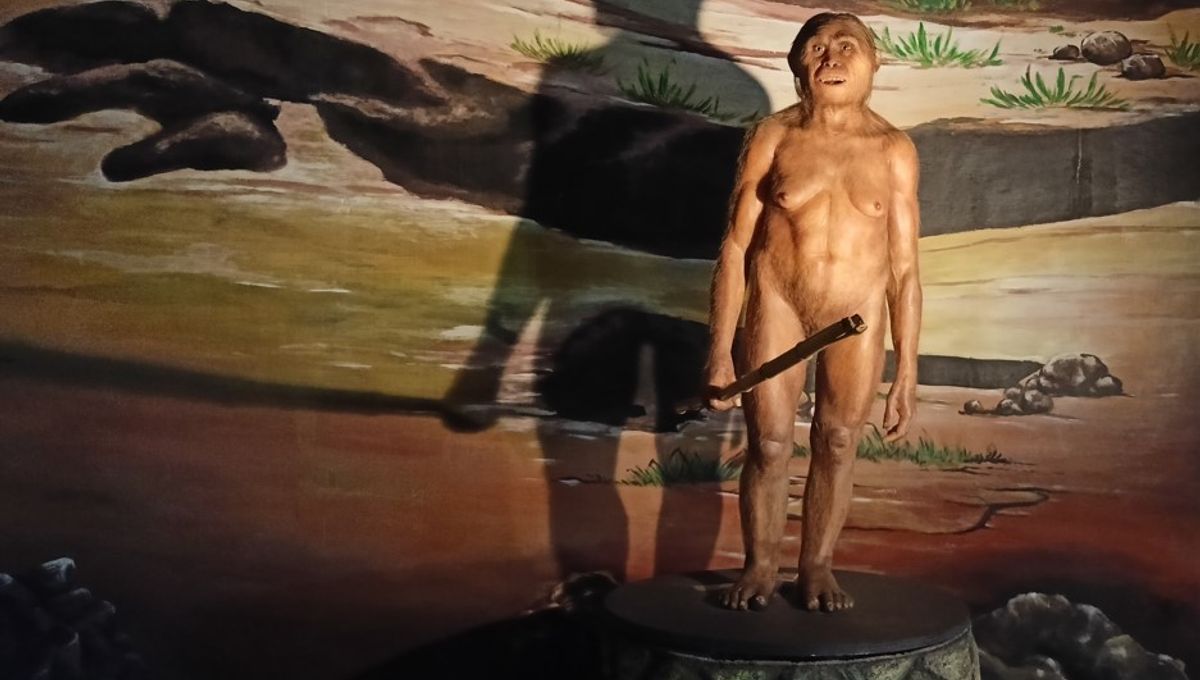
Until around 50,000 years ago, the island of Flores in Indonesia was inhabited by a peculiar species of miniature humans called Homo floresiensis – popularly referred to as the Hobbit people. Previously, researchers thought that these Tolkien-esque characters died out when they came into competition with our own species, yet more recent research suggests that the gnome-like critters probably disappeared before modern humans arrived in their shire.
According to the authors of a new study – which has yet to be peer reviewed – the demise of the Hobbit humans was probably triggered by climate change, which placed huge stress on the equally quaint dwarf elephant species that the ancient hominids relied on for food. Known as Stegodon, these pygmy elephants are believed to have coexisted with H. floresiensis for around a million years until a sudden decline in rainfall led to their waterholes drying up, with catastrophic consequences for both species.
Recounting the story of the Hobbits, the authors begin by explaining that evidence for their presence on Flores disappears from the archaeological record roughly four millennia before the arrival of Homo sapiens some 46,000 years ago, putting paid to the idea that we were responsible for the extinction of these stocky hominins. To try and figure out what might have happened, the researchers analyzed the ratios of magnesium and calcium, as well as oxygen isotopes, in rocks near the original H. floresiensis site of Liang Bua, thus enabling them to reconstruct paleoclimatic changes over time.
Results indicated that up until 76,000 years ago, annual rainfall was considerably higher than it is today, as well as being reliable all year round. However, over the next 20,000 years, precipitation levels drastically declined while seasonality increased, leading to a reliance on summer monsoons to refill the Stegodon’s key watering points.
By 50,000 years ago, however, summer rainfall had fallen to an all-time low of just 430 millimeters (17 inches) per year, leaving the pygmy elephants scant access to water during the annual dry season. “These findings point to landscape aridification, and intensified human-faunal interaction around dwindling resources, as likely contributors to the abandonment of Liang Bua,” explain the researchers.
Building on this data, the authors present two possible scenarios, each as bleak as the other for the ancient inhabitants of Flores. The first of these involves the Stegodon staying put and dying out en masse due to a lack of water and increased vulnerability to hunting by Hobbits as they gathered around their ever-shrinking drinking spots.
Alternatively, the mini elephants may have migrated away from Liang Bua in search of more abundant rainfall near the coast, where the unfamiliar territory would have challenged their ability to survive. The Hobbits may have then followed their prey into these new lands, coming into contact with an array of new hazards.
According to the researchers, the migrating Hobbits might even have encountered H. sapiens as they sailed along the coast of Flores on their way to Oceania. Given that our species went Down Under by around 60,000 years ago, it’s impossible to rule out a scenario in which H. sapiens interacted with H. floresiensis in some capacity on the island of Flores, even if the latter had nothing to do with the Hobbits’ disappearance from their ancestral home at Liang Bua.
A preprint of the study is currently available on EarthArXiv.
Source Link: Our Species Didn’t Kill The Ancient "Hobbit" Humans – Something Else Probably Did